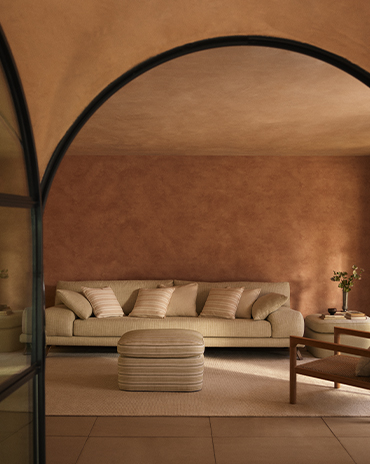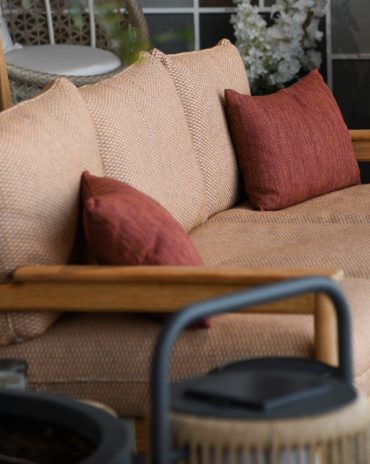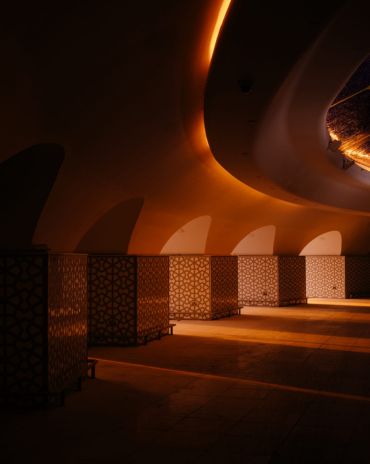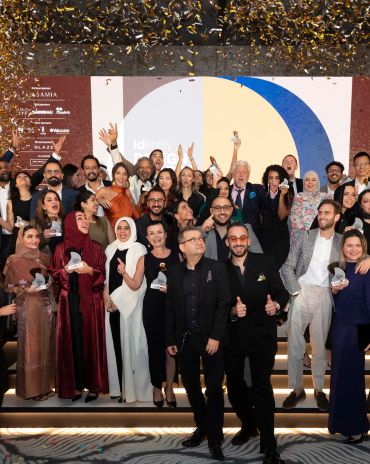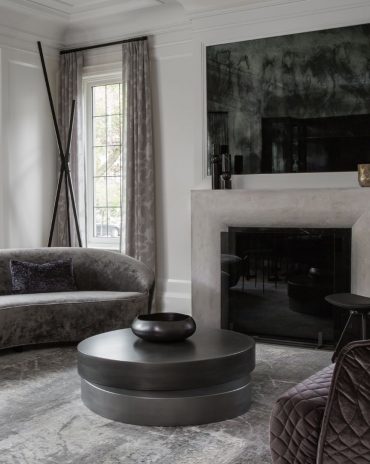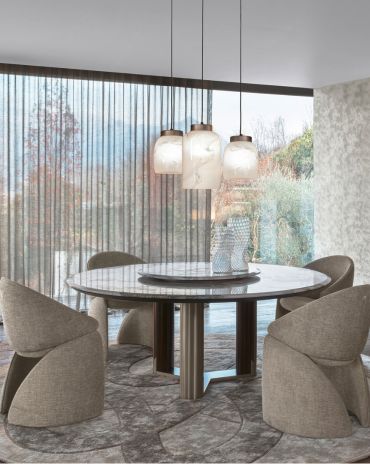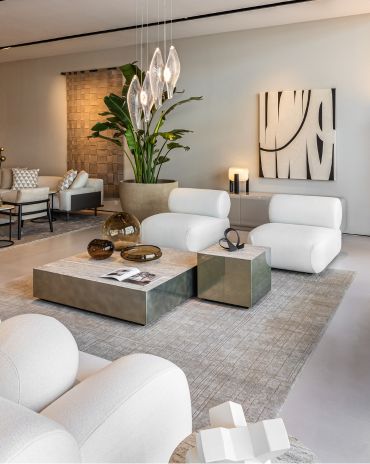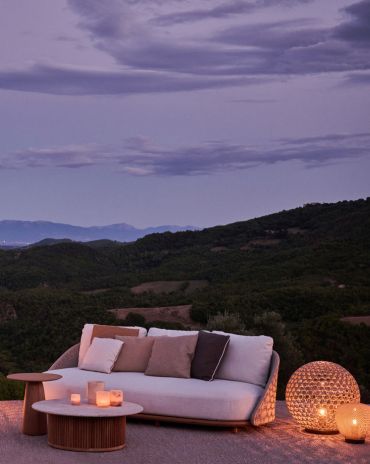Copyright © 2025 Motivate Media Group. All rights reserved.
Sizar Alexis’ sculptural furniture tells the story of Iraq’s ancient history
The Swedish-Iraqi designer expresses stillness and serenity through geometric shapes and natural materials
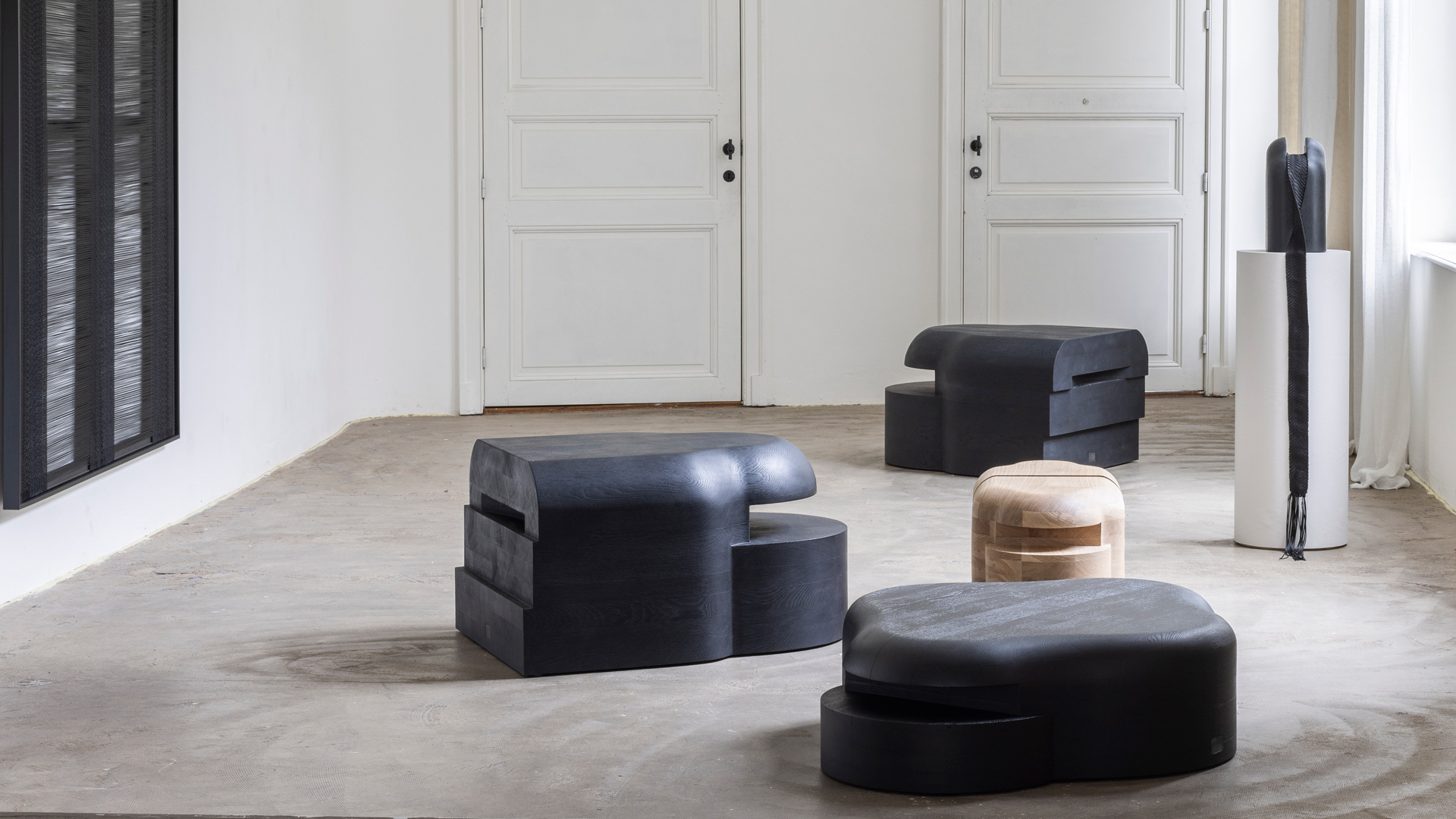
“I have always loved being creative, and [I] felt more alive doing that,” begins Sizar Alexis, who started his professional path as a trained design engineer, working at Volvo for six years before deciding to start all over again. He studied at Beckmans College of Design in Stockholm and soon after, in 2019, launched his own design studio.

Currently based in Sweden, Alexis was born in a small Iraqi town called Ankawa in the Erbil neighbourhood, where many of his relatives still live, giving him more reason to return frequently. “One of my goals is to visit some of the ancient sites throughout the country, document them and draw new perspectives for new projects.”
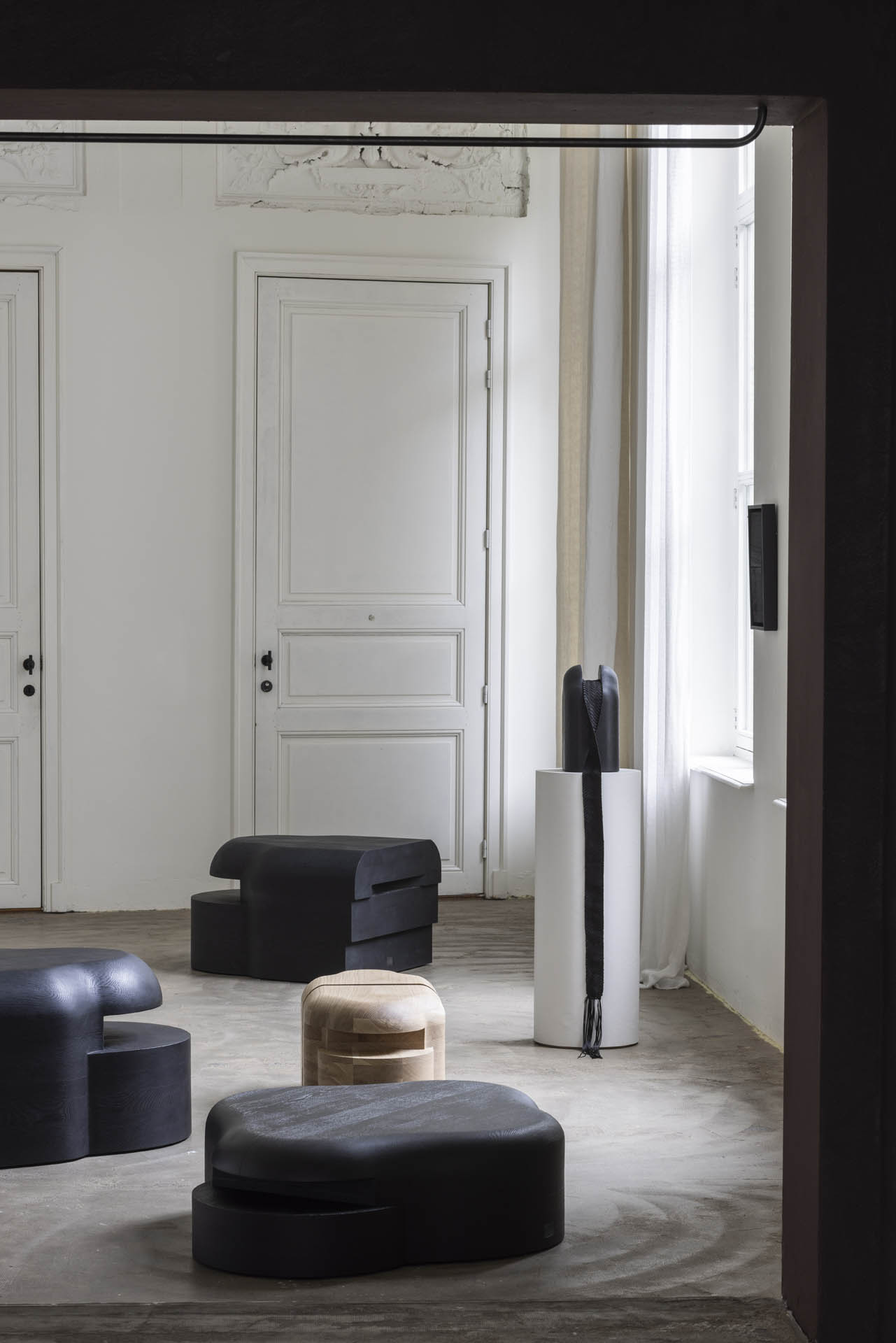
Aiming to create objects that showcase both stillness and a strong character through natural materials, Alexis favours wood, which he sees as a way to form a bridging bond between man and nature. Blackened steel has also become part of his visual vocabulary.

“Since my debut, I have always been drawn to pure colours and I tend to use textures to express strength, modernity and emotions,” Alexis adds.
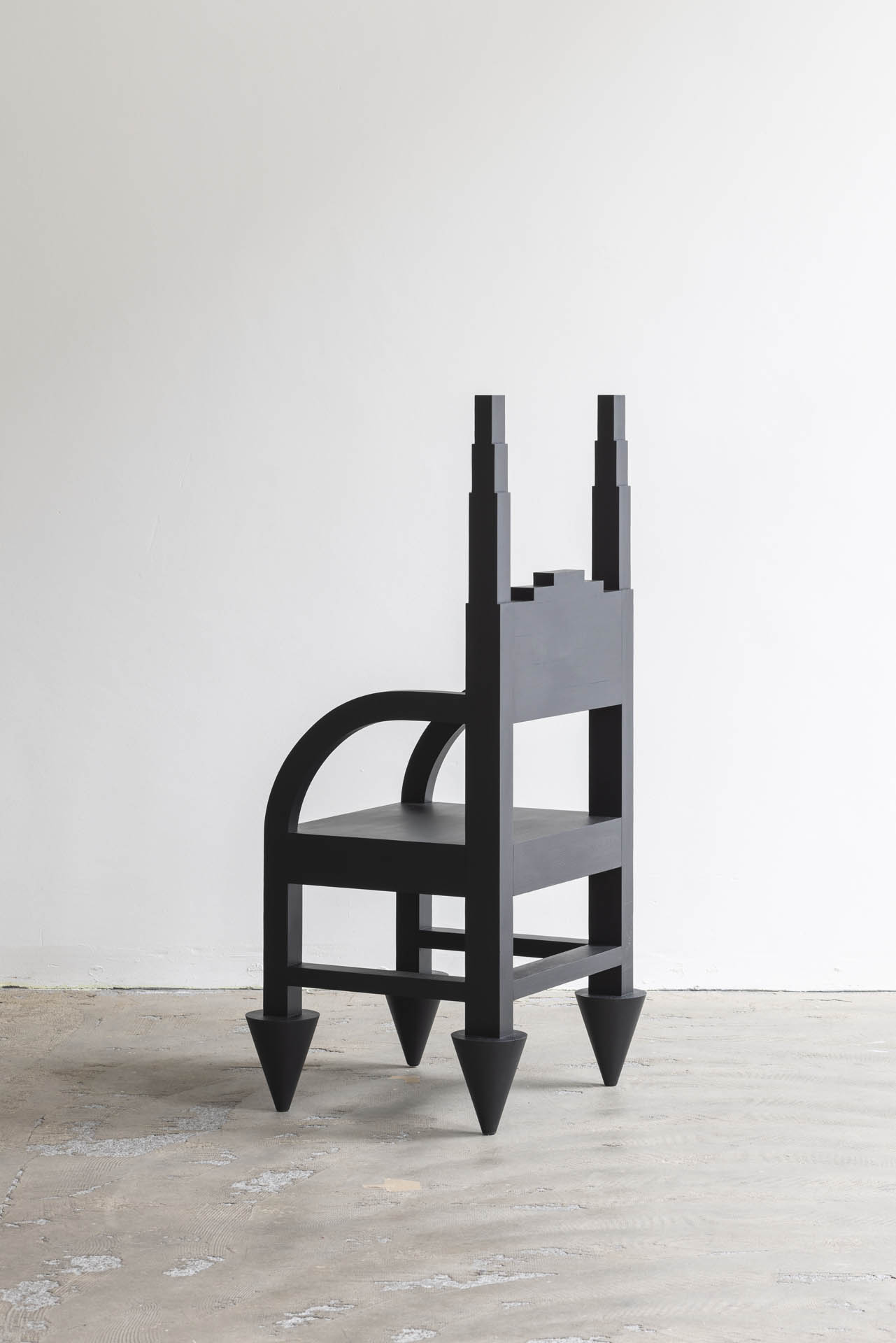
Among some of his references are Iraqi-American artist Michael Rakowitz, who gives new life to artefacts looted or stolen in Iraq, as well as American designer Rick Owens for his monumental sculptural furniture.

Alexis’s creations, too, are sculptural. Nurtured by an historical approach to enlighten and inform the past in a contemporary way, his designs express a serene and mystic feel.
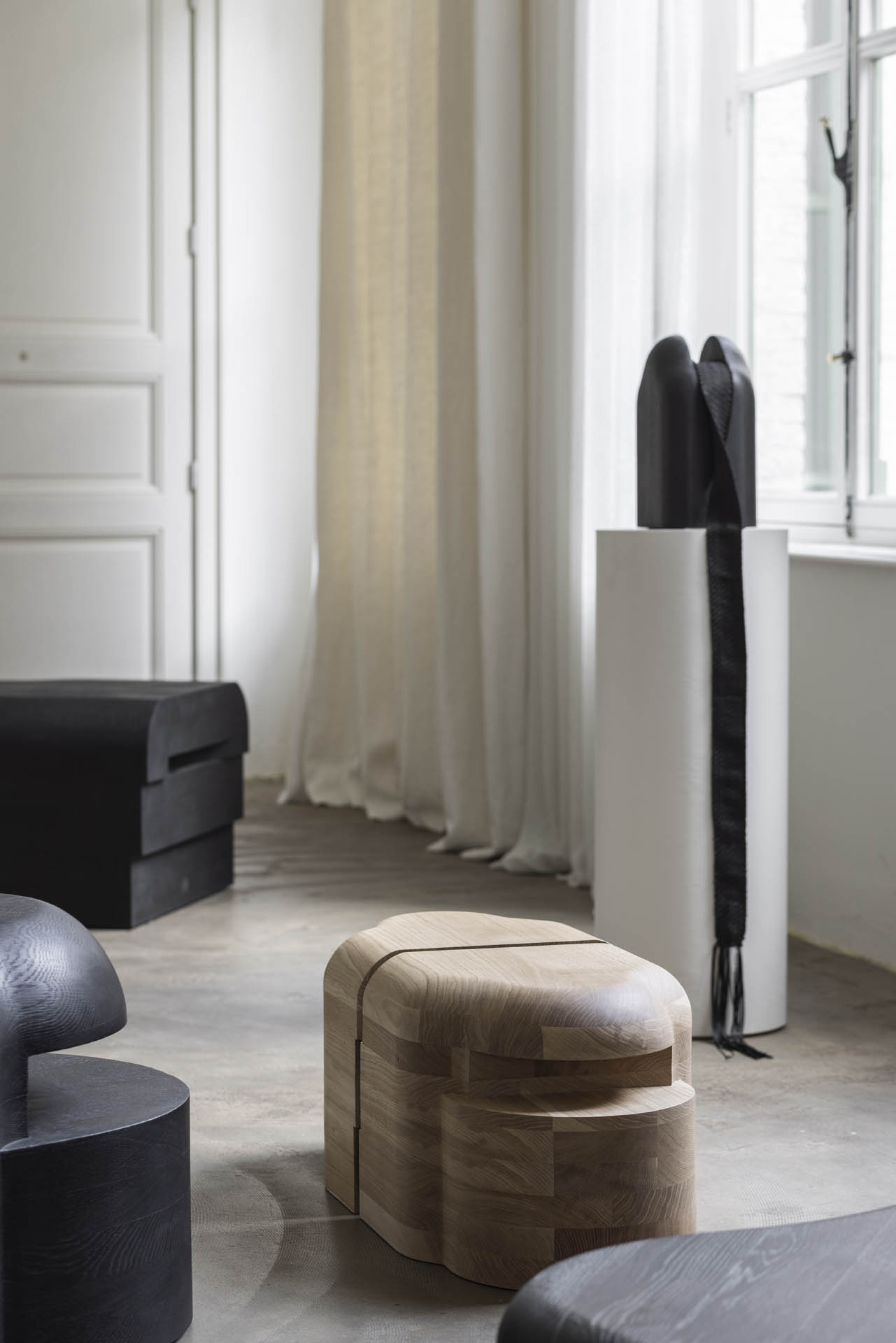
“As a Swedish-Iraqi designer, I identify … with the ancient Mesopotamian heritage,” says Alexis. “I believe in re-telling a small part of this ancient culture through my projects and I hope to inspire others to elevate their cultures artistically, to identify with [them] in a way that they can develop a stronger essentialist identity in today’s society.”
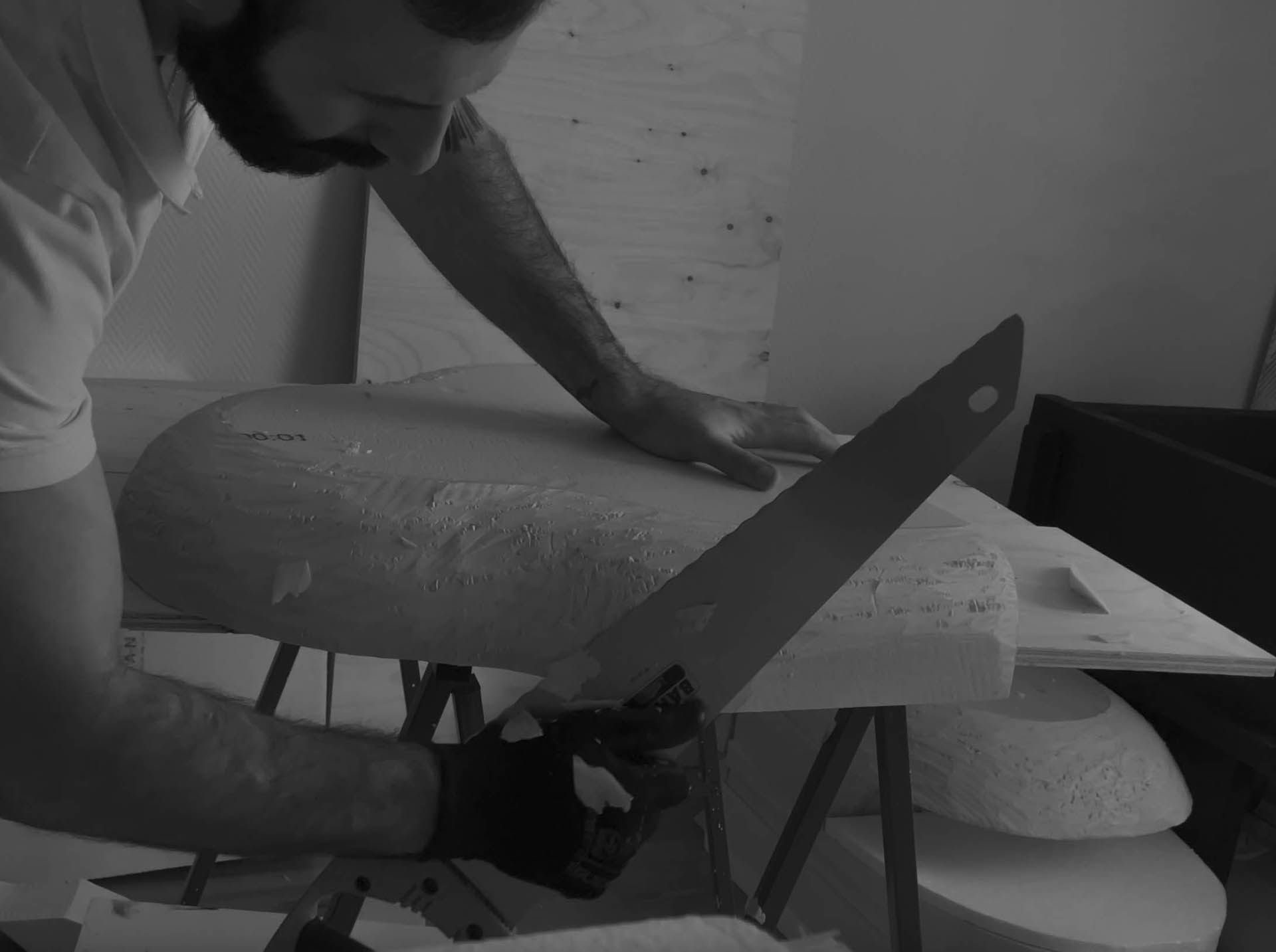
Drawing inspiration from cultural narratives and brutalist architecture, Alexis’s creative process is informed by the environment or the space that his objects will inhabit. The first step usually consists of allowing himself to express his idea of a certain form through many elaborate hand-drawn sketches. Then, searching for the essence of the object, he looks closely at the volumes and how they should be constructed, using 3D software to experiment. When he finally feels that the object represents what he wants to convey, Alexis makes the first 1-to-1-scale prototype. “This is when I get to see the volume in real life and can interact with it and make the necessary changes,” he explains.
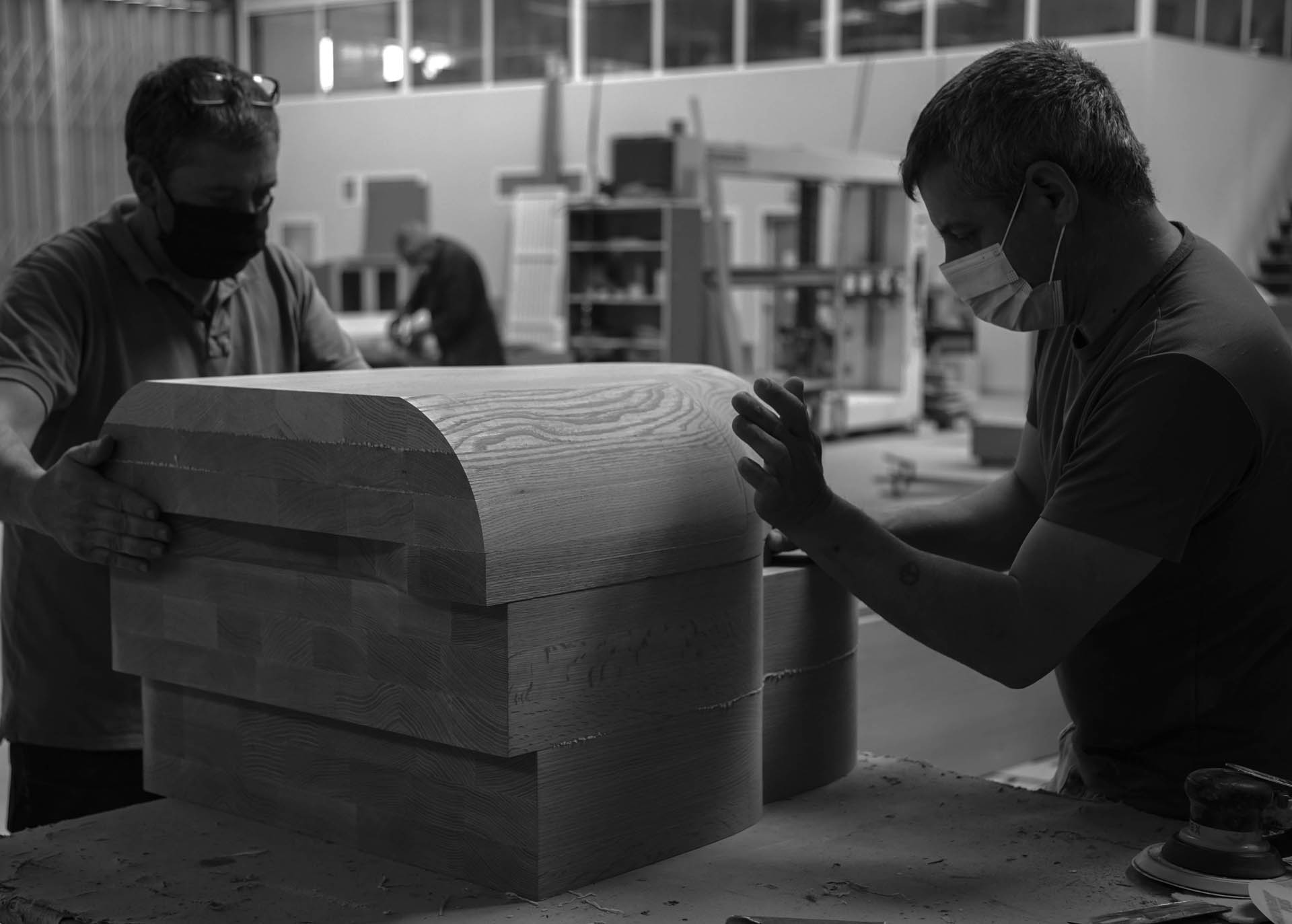
Currently part of a duo show on view until 8 January 2023 at Atelier Ecru Gallery in Ghent, Belgium, Alexis created a new work for the occasion in collaboration with Belgian textile artist-designer Nathalie Van der Massen. The resulting contemporary interpretation of the traditional thrones of ancient Mesopotamia represents their shared love and respect for heritage and craftsmanship.
The Latest
Design Dialogues with Ideal Standard x Villeroy & Boch
During Dubai Design Week 2025, identity held a panel at the Ideal Standard x Villeroy & Boch showroom in City Walk, on shaping experiences for hospitality.
A Touch of Luxury
Here’s how you can bring both sophistication and style to every room
Outdoor Living, Redefined
Messara Living and Vincent Sheppard Unveil “Outdoor at Its Best 2026”
NOMAD Opens Its Doors in Abu Dhabi’s Iconic Terminal 1
A modernist landmark is reimagined as a global stage for collectible design, contemporary art, and cultural dialogue.
In photos: Winners at the identity Design Awards 2025
Presenting the winners of 2025 identity Design Awards.
Identity Design Awards 2025 – Winner’s List
Here are the winners of the identity design awards 2025
Hogg’s Hollow
Set along the bend of a quiet river and sheltered within a mature, tree-lined enclave of Toronto, this riverside residence offers a dialogue between structure and softness, restraint and warmth
Salone del Mobile.Milano Paints Riyadh Red
The “Red in Progress” installation marks a powerful first step toward the city’s full-scale 2026 edition
An interview with Fabio Masolo on the Giorgio Collection
A conversation on passion, timeless design, and bringing Italian craftsmanship to the world
European Design, Instantly Within Reach
In a city where design dreams often come with long lead times, Caspaiou brings a refreshing difference – luxury, curated and available now
Shaping Tomorrow’s Interiors
Here’s what awaits at the OBEGI Home showcase at Dubai Design Week
Maison Margiela Residences
Conceived by Carlo Colombo, these bespoke residences will be located on the Palm Jumeirah






